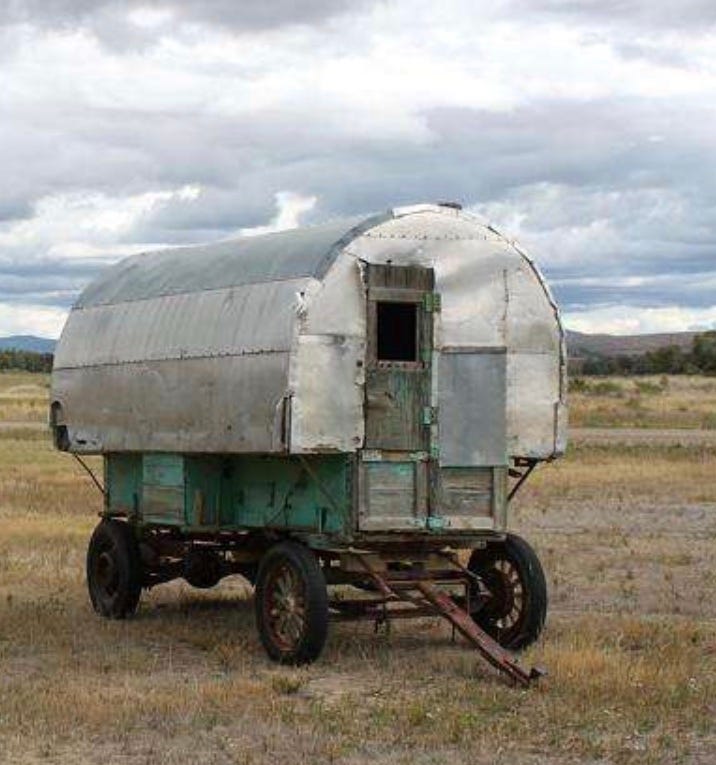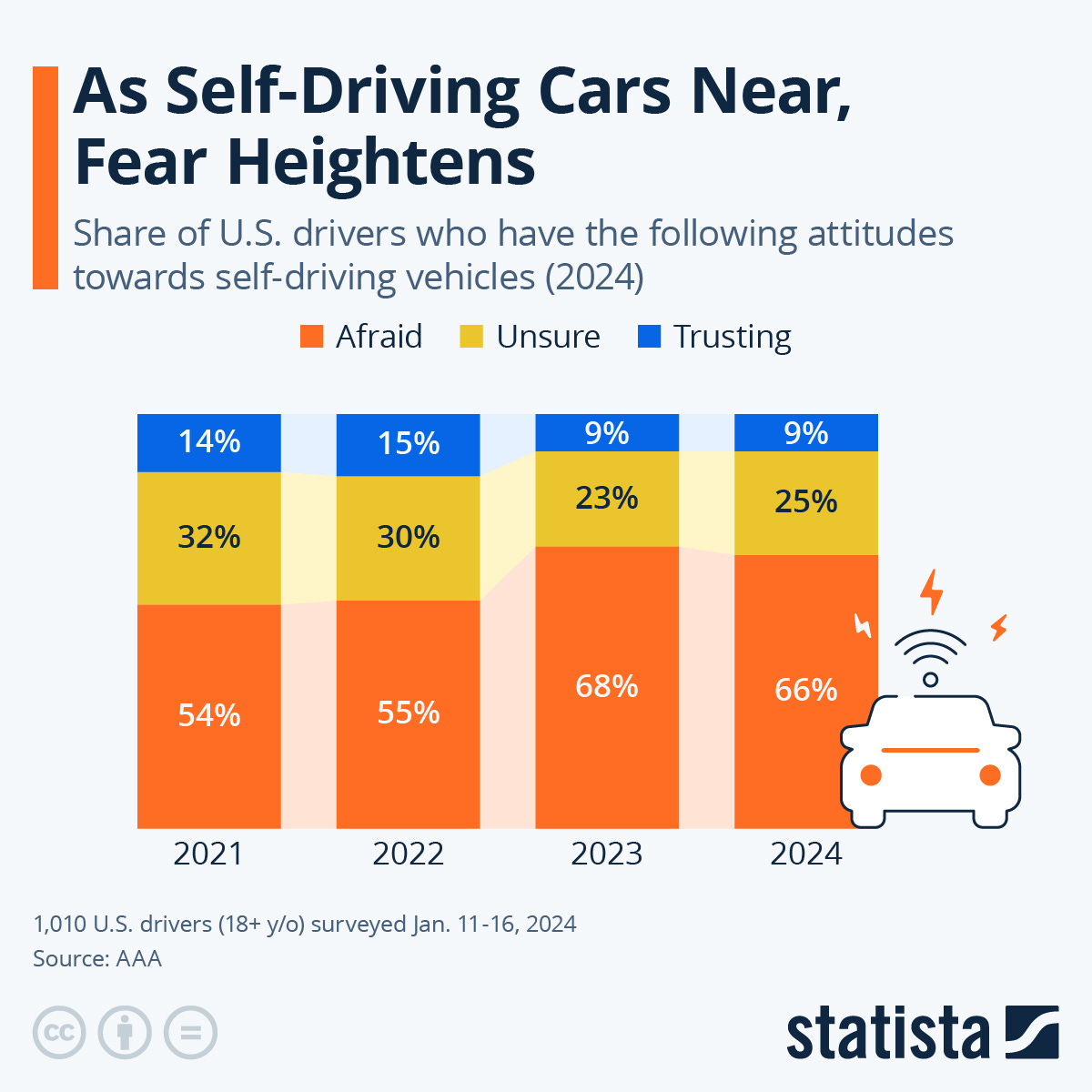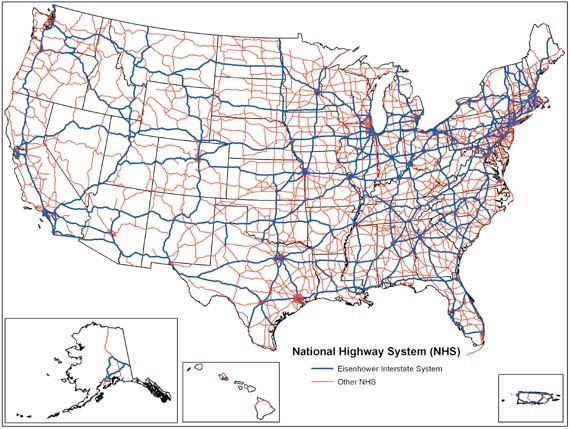"I think there'll be an interesting business model where let's say somebody is an Uber or Lyft driver today … where they can actually manage a fleet of cars - - I don't know 10 to 20 cars and take care of them like a like a shepherd tends their flock." - Elon Musk, unveiling Cybercab at ‘We Robot’ event
That statement landed home for me, as I have more than a little experience tending a flock. As a young man, I was a shepherd, tending a part of my family’s flock, numbering in the thousands. I’d get released early from the school year, so I could drive the flock, on foot, from the valley, to permitted, grazing land high in the Rocky Mountains of Southwest Colorado.
I spent the whole summer in the mountains, just below the treeline elevation of 11,000 feet. My dwelling looked much like this one, at the Wyman Living History Museum near Craig, Colorado {photo from historian Andrew Gulliford}.
I was the apprentice of an experienced Basque, a man named Samora. It was heaven!
MOST IMPORTANT WORK OF MANAGING A FLOCK IS MANAGING EXCEPTIONS
Naturally, there is a lot of work that is seasonal and and a lot of work that can be planned, as one follows the cycles of breeding, birthing, shearing, harvesting and the like. But, predictably, animals get sick, injured, lost - - even eaten. It is these “exceptions” that demand the most from the shepherd.
I have poignant memories of saving orphans. Sometimes, a mother might have died or been killed, she might be having trouble producing milk, or she might be so lean she’s just trying to survive herself. And sometimes, a lamb dies, leaving a possessive mother in grief. From these dual tragedies a good shepherd can weave life anew. We skinned the dead lamb as one skins a rabbit. We fashioned a full-body jumper from the skin and dressed the live, orphaned lamb. The miracle happened when we introduced the lamb to the lamb-less mother: She smelled the familiar scent of her now-found baby, and he began to suck, they both were calmed, and the bond was made.
FROM SHEEP TO TAXIS
At Tesla’s much-awaited event, “We, Robot,” on October 10th, Musk unveiled a RoboTaxi, a RoboBus, and a humanoid, robot “assistant” or “friend”, Optimus. [For a short, “Supercut” of the event, here it is in 8 minutes: We Robot ]
The Cybercab will be available, in the next couple of years, to anyone who wants to buy it, for personal use or to operate their own fleet of autonomous taxis. It has 2 doors and 2 seats but has no steering wheel or foot pedals. The interior is spartan and the cargo space, collosal.
Tesla hopes that the cabs, once capable of Full Self-Driving (FSD), will serve as a sort of individualized mass transit, at a fraction of what one would pay to ride a public bus.
The big launch got mixed reviews. Analysts - - perhaps justly - - scolded Musk on his overpromising - - “soon, soon, very soon” - - and on his lack of detail. Goldman analysts, led by Mark Delaney and Will Bryant commented, "Finally, Tesla said one business model could be a person owning a small fleet that they put onto the network. Tesla did not provide other details on its business plan (e.g. scope of the initial deployments, pricing to start, if Tesla will own the early fleet, remote assistance, etc)."
TESLA NEEDS HUMANS TO GET THE CYBERCABS LAUNCHED AND THEN HUMAN SHEPHERDS TO KEEP THEM GOING
How do you move from human-controlled transport to autonomous?
In a previous post on shipping, “Paying the Brige Troll”, I argue that some tasks just beg to be automated, like the stacking of shipping containers. In that same piece, I note that some tasks will likely never be automated AND THAT even with those tasks that are automated, they will require humans for “exception management”. The automation of container ports demonstrates each of these end scenarios.
Tesla will face the same progression, Cybercabs - - or individualized autonomous transport:
Will require human coupling to get going;
Will initially replace human drivers on the most automatable routes;
Will never substitute for humans on “exceptional” routes;
Will require humans for new tasks related to automation and maintenance;
Will require human “shepherds” in all of the aformentioned steps.
Let’s take a look at each one of these, in turn. Let’s make some predictions, too! Elon, are you reading this?
TESLA WILL LAUNCH A NEW CAB HAILING SERVICE WITH HUMAN DRIVERS
Watch for this. It will directly compete with Uber and Lyft. [Alternatively, of course, a deal could be made here with one of the two.] Use Models 3 and Y which are scheduled to test unsupervised, Full Self-Driving (FSD) in Texas and California in 2025. Get these in the hands of early adopters, people excited about FSD. Attract drivers from the soon-to-be-shrinking pool of Uber and Lyft drivers. This lays down an adoption path for the first users of FSD and the first buyers of Cybercabs!
This also lays down an adoption path for the first customers of FSD Cybercabs! “Hey Bruce, I’ve been driving you to the airport in my Model 3 for a while now. I’ve even shown you how the FSD works. Would you like to take your next trip in my new Cybercab?”
A Tesla-powered cab hailing service with human drivers will provide strategic advantage by overcoming customer resistance to self-driving vehicles.
TESLA CYBERCABS AND ROBOBUSES WILL QUICKLY REPLACE OTHER TRANSPORTS ON THE MOST AUTOMATABLE ROUTES
There is already a model for this. For years, we humans have gotten accustomed to transit forms without human drivers. They are everywhere and have been for a while, like this one, in operation for more than two decades.
Last year, this driverless system carried nearly seven million passengers. I’d wager nearly everyone in the United States has riden on an automous transport, perhaps hundreds of times.
The more controlled the environment, the faster this substitution will occur. Some early adopters will include: airports, outdoor malls, and college and corporate campuses. The national highway system seems to be another excellent site for early adoption, particularly on long, point-to-point runs. [Tesla Semi, anyone?]
Automating these routes is childplay compared to the challenge of automating the Wild West we see on town and country roads, let alone complex, urban streets.
HUMANS WILL DRIVE EXCEPTIONAL ROUTES
The less controlled the environment, the less predictable the route, the less autonomous transport will be found. It simply will not be cost-effective. The road less traveled is also the road less maintained, less sensored, and less aided - - you get the picture.
Suburbs and highway networks lend themselves well to autonomous transport. Areas with severe or highly-variable weather are less good, as are areas with highly-variable types and levels of traffic - - particularly those with pedestrian traffic. Stickball, anyone?!
As with the port automation example, the less “routine” the passenger or the cargo, the less it lends itself to automous transport.
Others, like OOG ("out of gauge"), are oddball, like a cement mixing truck or a load of giant, windmill blades. - Paying the Bridge Troll
Might a cellist, with their beloved, oversized instrument, prefer a Tesla with driver? Likely. A person who requires assistance, like a person limited mobility, might as well.
ROBO TAXIS, ROBO BUSES, ROBO ANTHINGS CREATE NEW JOBS IN AUTOMATION AND ITS MAINTENANCE
As with port automation, automated individual transport is a big, lucrative problem to solve. Morgan Stanley believes that “ride sharing” is only about one percent of total miles driven. With the soaring costs of insurance, fuel, and vehicles themselves, it is easy to see the lure of sharing a vehicle with others, whether fully-driverless like the Cybercab, or FSD-capable like Tesla’s other models. Tesla’s Robotaxi application will enable all Tesla owners to share their vehicle. Lending out one’s personal vehicle might take some getting used to, but it is inveitable that this will become more common.
Autonomous vehicles, just like their electric-powered, human-piloted cousins, require charging stations and other infrastructure. Entirely new types of products and services are required for their maintenance. Even the disposal of their waste products - - lithium batteries - - requires new skills, processes, and infrastructure.
The big question, as we already see as the sticky point in the port strike, is this: Are the workers who lose their jobs to automation the same people who will install and maintain the new infrastructure? Likely not. At a minimum, they will need new training and new opportunities to make a livelihood.
Couldn’t this be the reason that Elon said this at the event?
"I think there'll be an interesting business model where let's say somebody is an Uber or Lyft driver today … where they can actually manage a fleet of cars - - I don't know 10 to 20 cars and take care of them like a like a shepherd tends their flock." - Elon Musk, unveiling Cybercab at ‘We Robot’ event
CYBERCAB SHEPHERDS WILL MANAGE CYBER FLOCK EXCEPTIONS
Elon needs to shepherd his pool of cab-hailing-service drivers - - those who shepherd the first customers into the self-driving world, into becoming the shepherds of the eventual, almost-fully-automous transportation service(s).
As with the human managing a flock of ruminants, the shepherd of a “Cyber flock” will face the most challenges with exceptions. They will experience thefts, vandalism, and sanitation “accidents”. They will have to ensure that damages are repaired and that vehicles are cleaned and maintained.
Musk mentioned a “hub” that could provide automated charging and cleaning. Even if the entrepreneur shepherd avails themselves of that option for their fleet, they’ll then need to handle the exceptions that come with the use of these new tools.
Those shepherds will also need to handle everything OOG ("out of gauge"), you know all of those unusual riders, packages, and routes.
ROBO TAXIS, ROBO BUSES, ROBO ANTHINGS NEED CYBER SHEPHERDS
While the Goldman analysts quoted above are most interested in the pricing, the financing, and the service offerings of the Tesla plans, I have a different view.
I am most interested in the human capital required to conceive, build, adopt, and run these new technologies. It is here we face the most challenges, in my opinion.
It is not too difficult to imagine that all of these “Robo things” will require human shepherds. Humans to aid in their adoption. Humans to build and maintain them. Humans to do the things too difficult to automate. And, finally, humans to fix things when they break.
Automation will replace some of us in some tasks, but it won’t replace all of us, and even most of us much of the time. There is always a role for the good shepherd.









